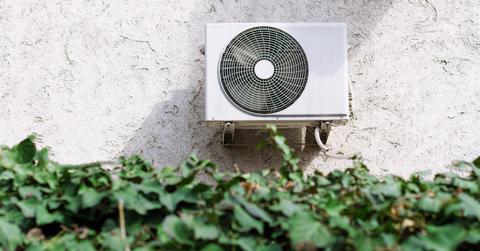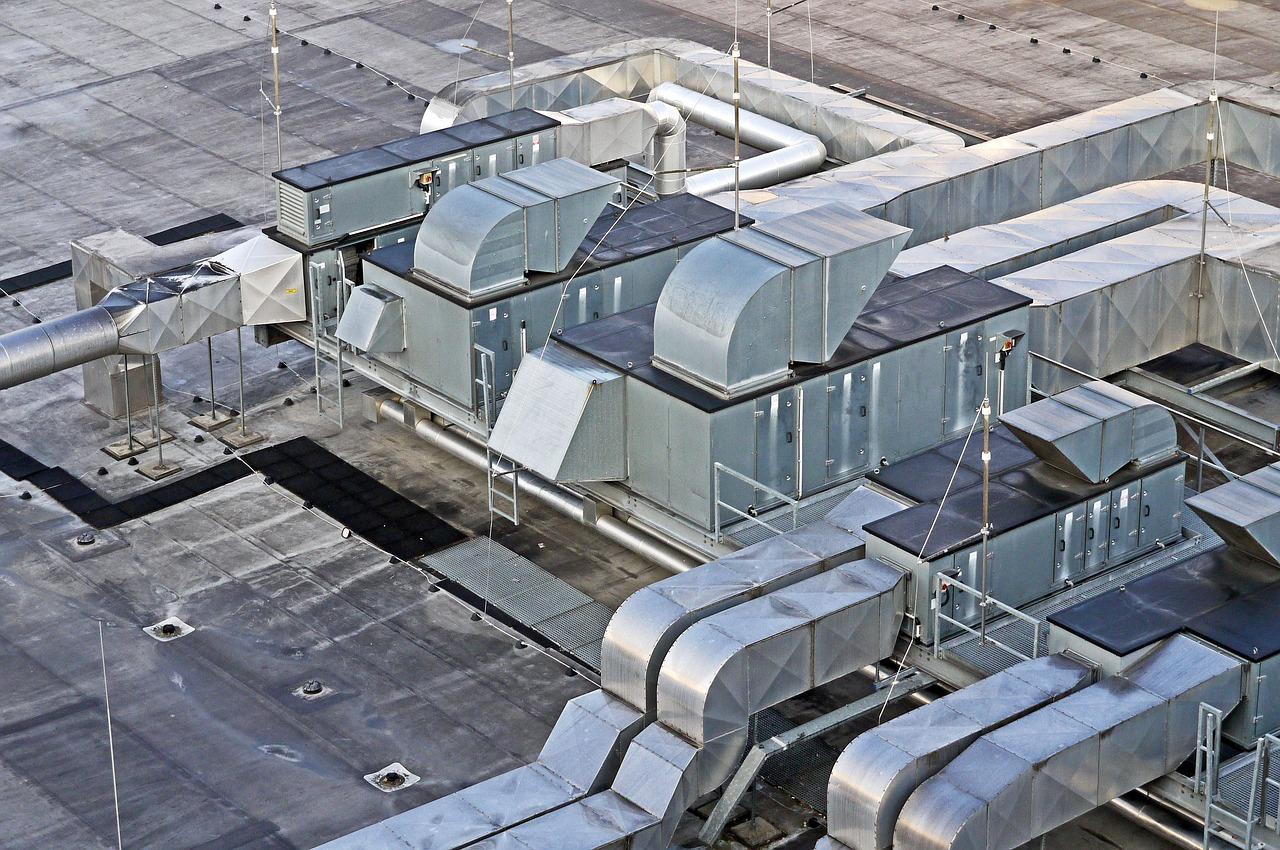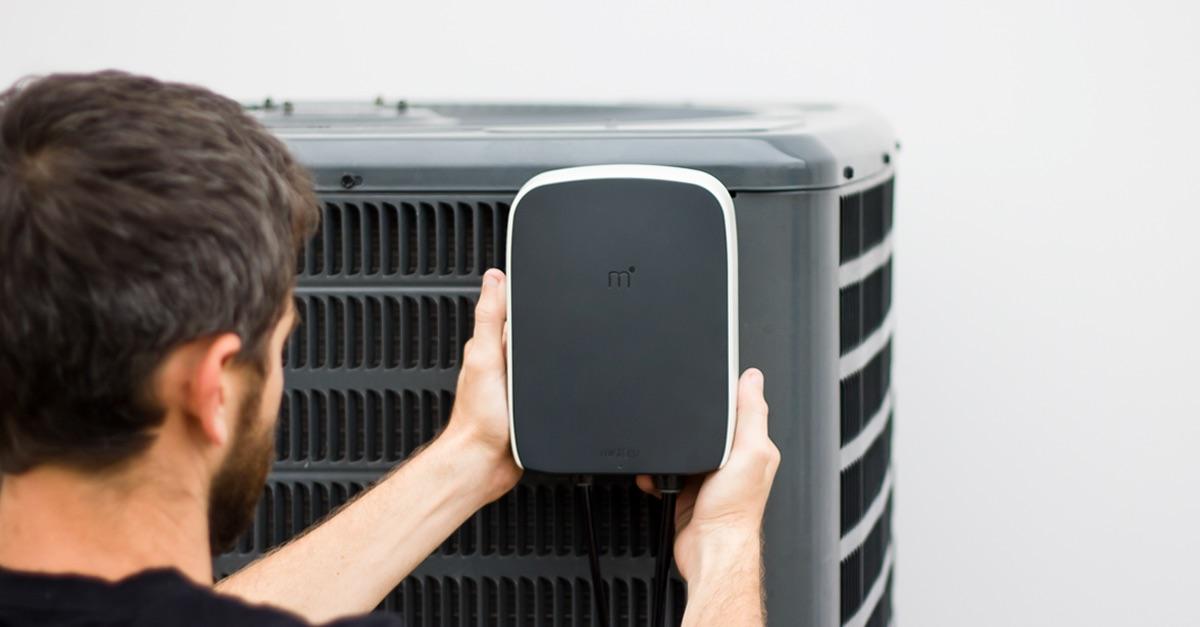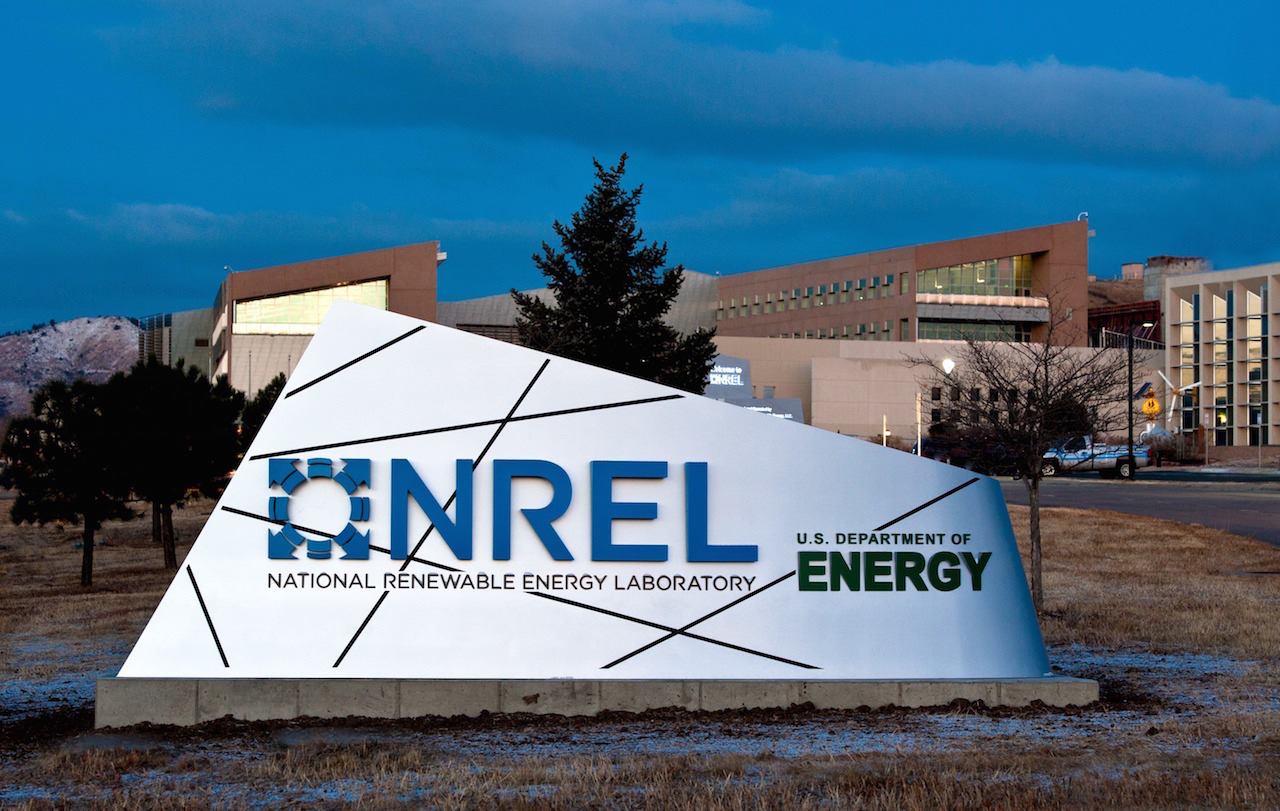How Do We Build a Better Air Conditioner?
Air conditioning use is on the rise worldwide. Will the tech catch up?
Updated May 31 2019, 11:16 a.m. ET

Willis Carrier introduced the world to his revolutionary air conditioner at the Rivoli Theatre in Times Square in 1925 — and the way modern-day HVAC experts tell it, the technology has stayed stuck in the ‘20s ever since.
“Air conditioning technology hasn’t changed much in the last 100 years,” says Josh Teekell, CEO and founder of Mistbox. “Some of the [manufacturers] are really understanding that these are kind of old and even dumb [products]. They aren’t connected, they aren’t optimized.”
Air conditioning isn’t just old and dumb. It’s a massive energy suck. According to the U.S. Department of Energy, air conditioners use about 6 percent of all electricity produced in America and cost consumers about $29 billion annually. They also dump around 117 metric tons of carbon dioxide into the air each year.
And that’s just the United States. Although we’ve long ranked first in AC usage worldwide, nations like China and India are making rapid gains. By one estimate, the world will install 700 million air conditioners by 2030, soaring to 1.6 billion by 2050.
People aren’t going to stop using their AC units en masse — and no one can fairly expect them to, considering the rising temperatures across the globe. So how do we build a better air conditioner?
There have been a few attempts at zero-energy air conditioners. In 2016, an “Eco Cooler” made the news for its simple DIY design. The Eco Cooler was nothing more than a board filled with sawed-off plastic bottles. It fit over a window, and could reportedly lower the air temperature by roughly 40 degrees Fahrenheit. It was an idea that came out of Bangladesh, where 70 percent of residents live without power.
One year later, Ant Studio created an AC that looked more like an art installation. The piece consisted of hundreds of terra cotta tubes, which were soaked with water at least once a day. As that water evaporated, it lowered atmospheric temperatures by about 13 degrees Fahrenheit.
Neither idea was necessarily designed for the mass market, though, as few building or home owners would willingly give up their AC for a bundle of wet tubes. But they could be persuaded to retrofit their systems with an efficient upgrade — which is what Teekell was banking on with Mistbox.
Mistbox is not an air conditioner. It’s an attachment that clips onto your existing unit, potentially boosting your unit’s efficiency, and slashing your energy bills, by 30 percent.
“As engineers and Texans, we understood that homeowners spend a lot of money on air conditioning in general,” Teekell says. “And so we decided to harness the technology that’s been used in commercial applications for decades and make it available to homeowners in residential applications.”
Mistbox uses evaporative cooling powered by four “Mistbars” that spray water around your unit. The resulting mist lowers the air temperature around your unit, so that the air it pulls in is already cooled. This means the unit has to use less energy chilling that air, maximizing the efficiency, particularly on sweltering hot days.
“When it’s over 70 or 75 degrees outside, your AC system generally works okay,” Teekell explains. “Just in the hot climates, when it gets to 85, 90, or 100 degrees, then you really start to have a massive inefficiency develop. So with our system being able to optimize misting patterns based on temperature and humidity and climate conditions, the retrofit is at a low price point to handle the problem.”
Teekell was interested in tackling “the inefficiency of the cool system itself without having to scrap your old unit for a high efficiency new one.” In this case, developing entirely new technology for an entirely new unit made little sense for his goals. And the system’s potential is exciting — Teekell says they’re currently growing their business in “the hottest places in the world,” which explains their full-time office in Dubai.
But if we’re installing 700 million air conditioners over the next 12 years, having better tech doesn’t just make sense; it’s essential.
Daniel Betts thinks he’s found the solution. Or at least part of it.
Betts took his first big swing at the HVAC industry with the “BeCool” system, from his company Be Power Tech. The startup claimed to do something extraordinary: make its own electricity as it cooled.
This tech ran on natural gas, which, although not a clean energy source, is cheaper and more efficient, particularly in peak power hours. BeCool also produced electricity of its own, about five kilowatts worth.
In 2016, Betts sought third-party testing at the Oak Ridge National Laboratory, where, lead researcher Moonis Ally recalls, it “went beyond our expectations.” But Be Power Tech’s VC funding dried up and pretty soon, so did the company.
Betts refused to give up the project and continued developing it with the National Renewable Energy Laboratory. Now, he says he’s made it even better.
The updated AC, he explains, runs entirely on renewable energy, using a thermal battery to bank power for when the sun isn’t out or the wind is low. Betts believes his creation is two years away from widespread beta testing — another year after that, it could be deployed as a replacement for rooftop units in commercial buildings. It’s going by a new company name now, Blue Frontier.
“We’re selling the utility an energy resource, and we can then partner with the building owner to sell air conditioning as a service,” Betts says. “In doing that, we would have two revenue streams for a single product.”
The way Betts pitches it, this technology would solve multiple long-standing problems. The biggest may be marrying clean energy with air conditioning, which, Betts says, has traditionally stood “completely outside the renewable energy infrastructure.”
The reason for that is timing. Air conditioning usage is typically at its peak when renewable energy resources are not. The issue is often illustrated through the so-called duck curve. This chart plots the breakdown of energy demands vs. the amount of solar energy available throughout the day. The resulting lines look a little bit like a duck, but the numbers are far from cute.
As the duck curve proves, there are “gaps,” to use Betts’ word, in renewable energy throughout the day. Utilities sometimes fill in those gaps with non-renewable energy sources, meaning the dirtiest energy gets used when demand is at its highest. But a system like Blue Frontier, Betts claims, “[is] going to pull in enough energy storage so that the air conditioning is going to be able to run overnight and not use electricity during the peak of the grid.”
There’s another reason Betts is passionate about this line of work. He does not see this as merely a pressing environmental issue, but an urgent humanitarian cause.
“It is critical for human comfort and productivity, so it’s unfair that….” he pauses to gather his thoughts. Betts seems to be considering the alarmist headlines that tacitly blame developing countries for a future AC crisis as he continues, “All of the people in India should have air conditioning in their homes. There are all sorts of benefits that are quantifiable and associated with this technology that we want to be able to provide the world.”
Whether the HVAC revolution comes from Blue Frontier, retrofits like Mistbox, zero energy concepts like Eco Cooler, or, more realistically, a combination of all of the above, it’s something that all parties agree needs to happen sooner rather than later.
“That’s what drives me to work on this type of product,” Betts says. “It needs to happen. It needs to be pushed for the benefit of our children and our grandchildren. Having knowledge of this and having a solution for it, or a portion of the solution for it, we feel we are directly responsible for making it happen.”


